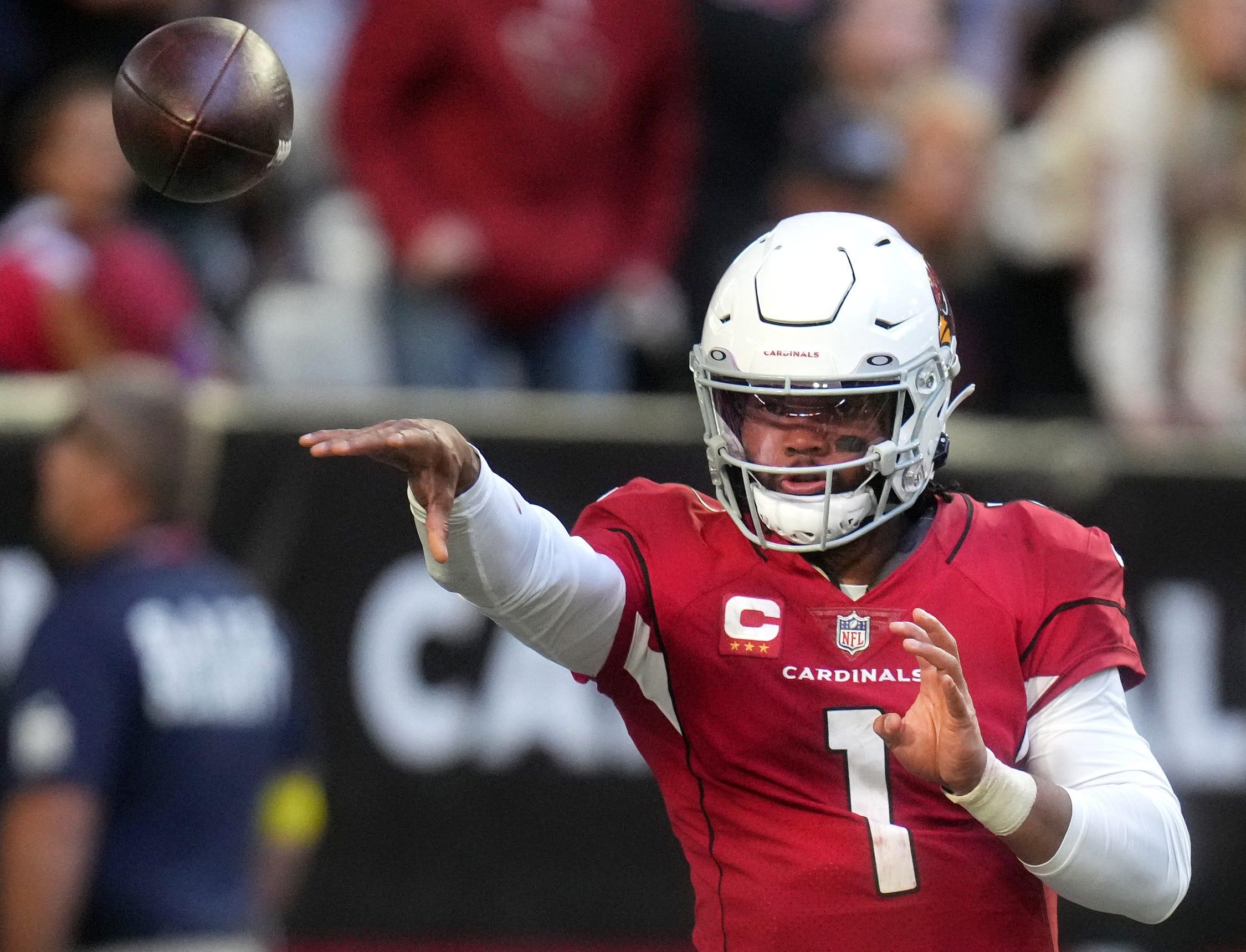In American Football, the quarterback is the backbone of every team, whose decision will always make or break a game. They are like the team’s leader on the field, not only directing plays but also throwing the ball forward, getting closer and closer to the end zone. But did you know that there are times when players other than the quarterback get to pass the ball?
Advertisement
In accordance with NFL rules, only one forward pass is allowed in a play. This means that during a single play, only one player, more often than not, the quarterback, gets to advance by throwing the ball forward.
However, there are exceptions when we talk about trick plays, which exist to deceive the opposing team and catch them off-guard. In a trick play, a different player, like a wide receiver, running back, tight end, or even a special team player, might end up throwing the ball instead of the quarterback.
For example, imagine it’s a fourth down, and the team needs to make a big play to keep the drive alive. Instead of the quarterback throwing the ball, the coach calls a trick play. The quarterback hands the ball off to a running back, who then stops and throws a pass downfield to a wide receiver who is sprinting toward the end zone. If the team executes it well, they can achieve a big gain or even score a touchdown.
But it’s worth noting that these plays often fail, and in one such instance, the Bengals crumbled against the Jaguars after linebacker Josh Allen’s breathtaking interception. Take a look:
Josh Allen intercepts the trick play!
: #CINvsJAX on ESPN/ABC
: Stream on #NFLPlus https://t.co/JZL7uE8ZOm pic.twitter.com/YBJ5nutltt— NFL (@NFL) December 5, 2023
Moreover, it is important to remember that even in a trick play, only one forward pass is allowed per play. So, if the running back throws the ball, no one else on the offense can throw it forward again during the same play.
What Is A Forward Pass?
In the NFL, a forward pass is a play where the quarterback throws the football toward a teammate who is ahead of them on the field. It is one of the primary ways teams advance the ball and attempt to score points.
When a forward pass is made, the quarterback stands behind the line of scrimmage, which is an imaginary line that runs across the width of the field and marks the spot where the play begins. The quarterback then throws the ball to a receiver, who is running toward the opponent’s end zone. The receiver must catch the ball before it hits the ground to complete the pass successfully.
Trick play to Travis Kelce!
(Via: NFL, CBS)pic.twitter.com/Y7DMzQAvPz
— Sunday Night Football on NBC (@SNFonNBC) November 26, 2023
The key rule in a forward pass is that the ball must travel forward from the spot where the quarterback releases it. If the quarterback throws the ball backward or sideways, the officials consider it a lateral pass. Forward passes are crucial for gaining yards and moving the ball down the field efficiently.
In the case of a lateral pass, any player who is eligible to touch and handle the ball can throw it to a player who is either sideways or backward. It might not help them with the yardage at first glance, but changing the direction of the ball can change the entire outcome of the matchup. However, this also comes with a risk, as an incomplete lateral pass can result in a turnover.








